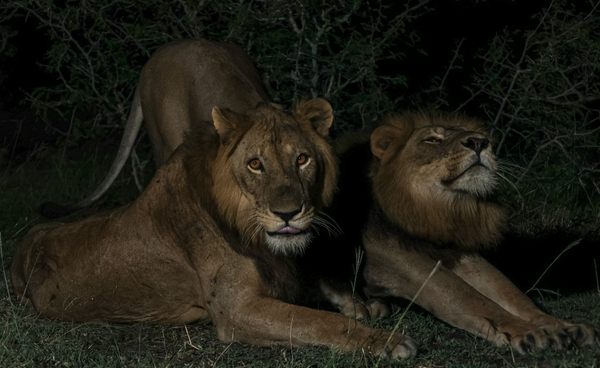Key insights
-
1
Lions' Rare Behavior
The sighting of lions swimming a significant distance is unusual, as they are generally not known for their swimming capabilities. This behavior indicates a potential adaptive response to environmental changes or challenges.
-
2
Environmental Implications
The incident underscores the importance of preserving natural habitats and ensuring that wildlife can adapt to climate changes and human encroachment. It also raises questions about the broader impacts of environmental stressors on animal behavior.
-
3
Conservation Efforts
The event has prompted conservationists to further study the lions' behavior and habitat needs. Understanding these patterns is crucial for developing effective strategies to protect these majestic creatures and their ecosystems.
Takeaways
The swimming lions in Uganda's Queen Elizabeth National Park serve as a stark reminder of the dynamic nature of wildlife behavior and the pressing need for robust conservation measures. This extraordinary event emphasizes the resilience of lions and the critical importance of adaptive strategies in the face of environmental changes.

